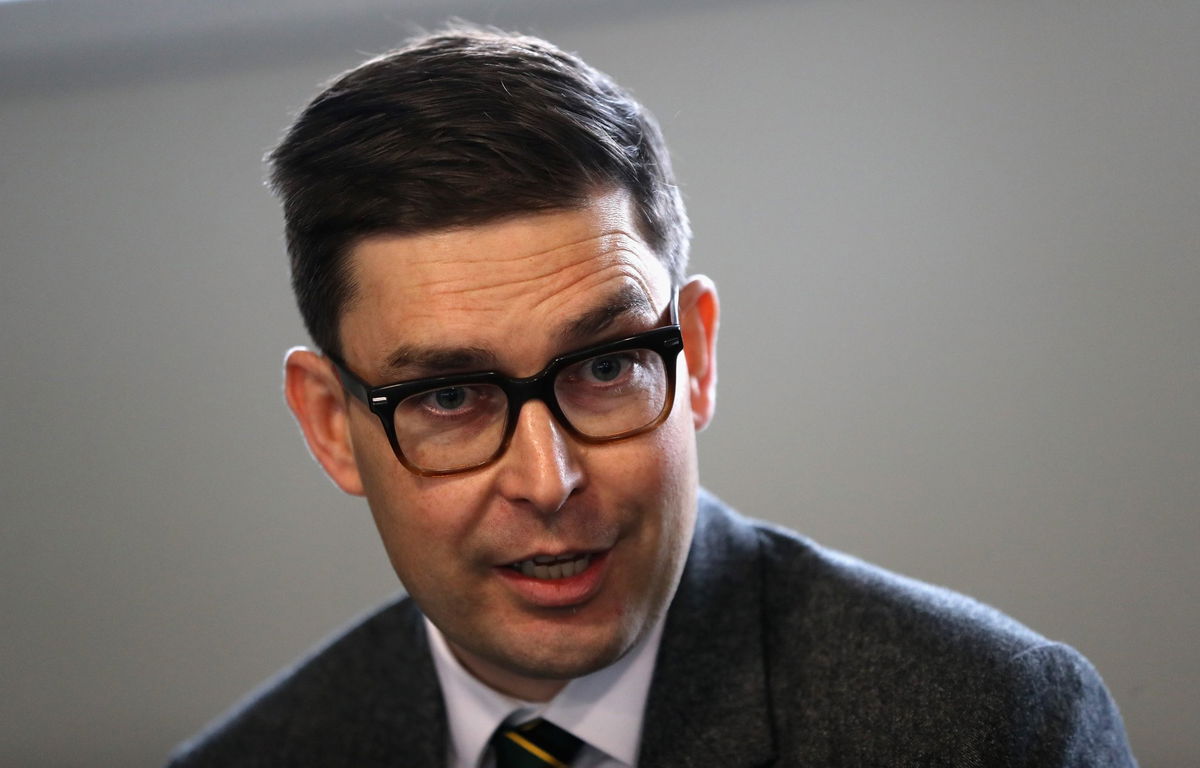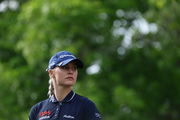

The R&A will have to adjust the tee times on Saturday’s round at The Open Championship at Royal Portrush in order to avoid congestion. Here’s the thing: Over 60 bands of 2,000 people are expected to march along Eglington Street, Kerr Street, Lower Main Street, Upper Main Street, Causeway Street, Victoria Street, and back to the fire station car park by 10.30 pm, and their timing would clash with the 50,000 golf fans leaving the course!
Watch What’s Trending Now!
So first, the R&A offered as much as £20,000 ($26,848) so that the parade could be postponed, but it was not accepted. After all, the parade, which is said to be politically divisive, historically combustible, and provocative, has a deep history and dates back to 1534. And so, Mark Darbon, the Chief Executive of the R&A, said, “We’re making a slight tweak to tee times to try and finish – it’s not dramatic, it’ll be 15 minutes or so earlier. At the same time, this is an outdoor sport. The weather can play a big role. It’s very difficult to be precise on finishing times. But we’re looking at some marginal adjustments.
“We’re actually contributing some incremental costs to support what I just said, the seamless operation of both events. We try and be good citizens in the communities in which we operate when we come to town.” Last year at Troon, the first group had headed out at 8:55 am while the leaders went off at 3:45 pm. But at Portrush, they will head out 15 minutes earlier. It wouldn’t have been possible to move it any earlier because those timings would be outside of the US television window.
ADVERTISEMENT
But what is this parade that forced the event to shift its timings all about? And why is it so important to the locals?
The story begins in 1534, when Henry VIII’s frustration with his wife Catherine of Aragon’s failure to produce a male heir led him to seek a divorce. When the Pope refused, Henry broke away from Rome, establishing the Church of England and declaring himself its head. This marked the start of the English Reformation, spreading Protestantism throughout Great Britain and laying the groundwork for future conflicts in Ireland.
In the 17th century, the Plantation of Ulster brought English and Scottish settlers to northeast Ireland, displacing the native Catholic population and sparking tensions that would escalate into violent confrontations. A pivotal moment came in 1690, when William of Orange defeated Catholic King James II at the Battle of the Boyne, cementing Protestant rule in Ireland for centuries to come.
ADVERTISEMENT
The 20th century saw significant developments, starting with the Anglo-Irish Treaty of 1921, which established the Irish Free State and granted Ireland greater autonomy from British rule. However, the partition of Ireland left six northern counties, predominantly Protestant, as part of the UK, creating Northern Ireland. This division emerged as a potential source of conflict, which erupted in the 1960s when Catholics in Northern Ireland demanded equal rights, sparking the Troubles – a period of intense sectarian violence.
The governing body of the Open Championship is so worried about a parade that they reportedly offered £20,000 to the Portrush Sons of Ulster to postpone.
The group declined.
So what’s going on here? Let’s dive in: https://t.co/3TWEBY6J2a pic.twitter.com/p28q9t33y8
— Golf Digest (@GolfDigest) July 17, 2025
ADVERTISEMENT
The annual Orange Walks, which began in 1796, reflect the ongoing tension between the two communities. These parades, organized by loyalist groups like the Orange Order, commemorate Protestant victories and take place from April to August each year. While many events pass peacefully, they can provoke strong reactions from the Catholic community. The Good Friday Agreement of 1998 marked a turning point, establishing a framework for peace and cooperation, yet the legacy of historical divisions continues to influence contemporary issues.
So, couldn’t it be held sometime else? The simple answer is “no.” A look at their Facebook page shows that for the past five years, they have consistently held their march shortly after the July 12 national marches, which commemorate the Battle of the Boyne. So, that’s the kind of history that’s going to impact The Open Championship this Saturday; however, this is not the only change affecting The Open at Royal Portrush.
ADVERTISEMENT
Top Stories
Charley Hull Opens Up on Traumatic Divorce from Ex-Husband for the First Time Ever

LIV Golf to Cut Ties With Veteran Pro After His PGA Tour Return Intentions Became Public

‘Penalize Him’: PGA Tour Q-School Faces Heat as Slow Play Incident Goes Unaddressed

Lydia Ko Learns Hard Lesson After Trying to Copy Jason Day’s Short-Game Technique

Justin Thomas Undergoes Intense Physical ‘Rehab’ After Surgery Delayed His PGA Tour Return

Another “disappointing” change at The Open could also slow the pace of play
The R&A has introduced a change in its bunker raking policy for the 2025 Open Championship. Unlike previous years, when a team of dedicated bunker rakers from the British and International Golf Greenkeepers Association (BIGGA) maintained the course, this year the R&A has opted for a different approach.
Instead of dedicated rakers, players’ caddies will be responsible for tidying up bunkers after shots, with rakes left in the sand. This decision has raised concerns about potential slow play, given the large field and one-tee start. Andrew Darbon, a representative from the R&A, didn’t elaborate on the impact or reasoning behind the change, simply stating that it’s “I think this week we’ve got the caddies raking the bunkers. It’s a change for us but we think a good one” and citing “a number of factors” for the decision.
ADVERTISEMENT
However, not everyone is convinced. PGA Tour pro Billy Horschel took to X to express his disappointment, saying that the absence of designated bunker rakers is “No designated bunker rakers this week is such a disappointment. I know the caddies love them, as well as the players. Very odd decision by the @TheOpen not to have them. @RandA.” Horschel is currently absent from the scene because of his injuries. So, what do you think of these two major changes at The Open?
ADVERTISEMENT
ADVERTISEMENT
ADVERTISEMENT

